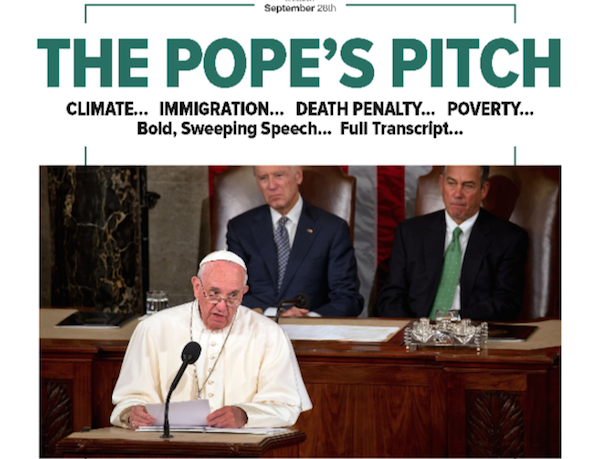
When you’re as old (in Internet terms, that is) and big as The Huffington Post, it’s risky tampering with your site. The HuffPost gave its mobile and international sites a fresh look in conjunction with its 10th anniversary last May but has continued to work on a full mobile and desktop redesign. The work isn’t expected to be ready until early 2016, but the publisher, along with its design firm Code and Theory, gave a sneak peek at the kickoff of Advertising Week Monday. They discussed how the Web has changed since the HuffPost’s inception, how they’re evolving the site to keep step and lessons they’ve learned along the way.
Brand matters in a distributed world.
When Arianna Huffington launched her eponymous site in 2005, YouTube and Facebook were just getting off the ground. The iPhone had yet to come out, and Twitter wouldn’t exist for another year. Publishers can no longer assume visitors are coming directly to their sites’ homepage. This is tricky for the HuffPost: Its biggest visual marker is the “splash,” the oversized headline that greets visitors to its homepage. So, far from getting rid of the splash, the HuffPost is repurposing it so that it makes its way outside the homepage and on, for example, HuffPost stories on Facebook so that every page feels like a homepage. Look for wider use of the site’s signature green color, too.
“This is an essence that is really unique, so we wanted to extend it beyond the homepage,” Dan Gardner, co-founder of Code and Theory, said of the splash.
Context counts.
With so many visitors coming from social media and leaving after one article, the challenge for publishers is figuring out how to keep people on site longer. That’s a challenge for a site like the HuffPost, which, with more than 90 million monthly unique visitors in the U.S. and some 214 million worldwide (company numbers, citing comScore), serves a mass audience. So the HuffPost is putting its data chops to work to improve what it suggests to readers. That means looking at the reader through a variety of filters, such as whether they arrived from a social network — and which one — and recognizing the importance of each. For example, the time of day a person is reading the news will inform what story is offered next.

Tech can’t exist in a vacuum.
With people increasingly doing their news reading on their phones, success for publishers often comes down to how fast they can load a page. For the HuffPost, a big part of redesigning the site has been balancing the desire to add editorial features against the need for speed. “It doesn’t matter how great the aesthetic is — if it doesn’t load fast enough, your users are gone,” Treff said.
Ad position: web_incontent_pos1
With video, more is better.
The HuffPost creates a ton of video — some 400 clips a week, as of last year, and those videos can be monetize at a much higher rate than standard display ads. But while the HuffPost also pumps its video onto other platforms like YouTube, the best way to get more value out of video is to get more views on a publisher’s own site. With the redesign, readers will see more video, wherever they are on the site. “It’s a much more integrated experience,” said Jared Grusd, the HuffPost’s newly named CEO.
The redesign is light on the visual changes, which probably makes sense for today’s digital publishers, who are pressed to preserve what brand equity they have in a distributed world, said Dan Maccarone, co-founder of design firm Charming Robot. “The smarter redesigns are really about finding out how to put more in front of you,” he said. “There’s only so much you can put on a phone. It’s really about using the data you have — how far is someone scrolling down a page before they drop off. So you want to put something in place that depends on the time of day or who they might be or where they came from.”
Image courtesy of The Huffington Post.
More in Media

NewFronts Briefing: Samsung, Condé Nast, Roku focus presentations on new ad formats and category-specific inventory
Day two of IAB’s NewFronts featured presentations from Samsung, Condé Nast and Roku, highlighting new partnerships, ad formats and inventory, as well as new AI capabilities.

The Athletic to raise ad prices as it paces to hit 3 million newsletter subscribers
The New York Times’ sports site The Athletic is about to hit 3 million total newsletter subscribers. It plans to raise ad prices as as a result of this nearly 20% year over year increase.

NewFronts Briefing: Google, Vizio and news publishers pitch marketers with new ad offerings and range of content categories
Day one of the 2024 IAB NewFronts featured presentations from Google and Vizio, as well as a spotlight on news publishers.
Ad position: web_bfu
